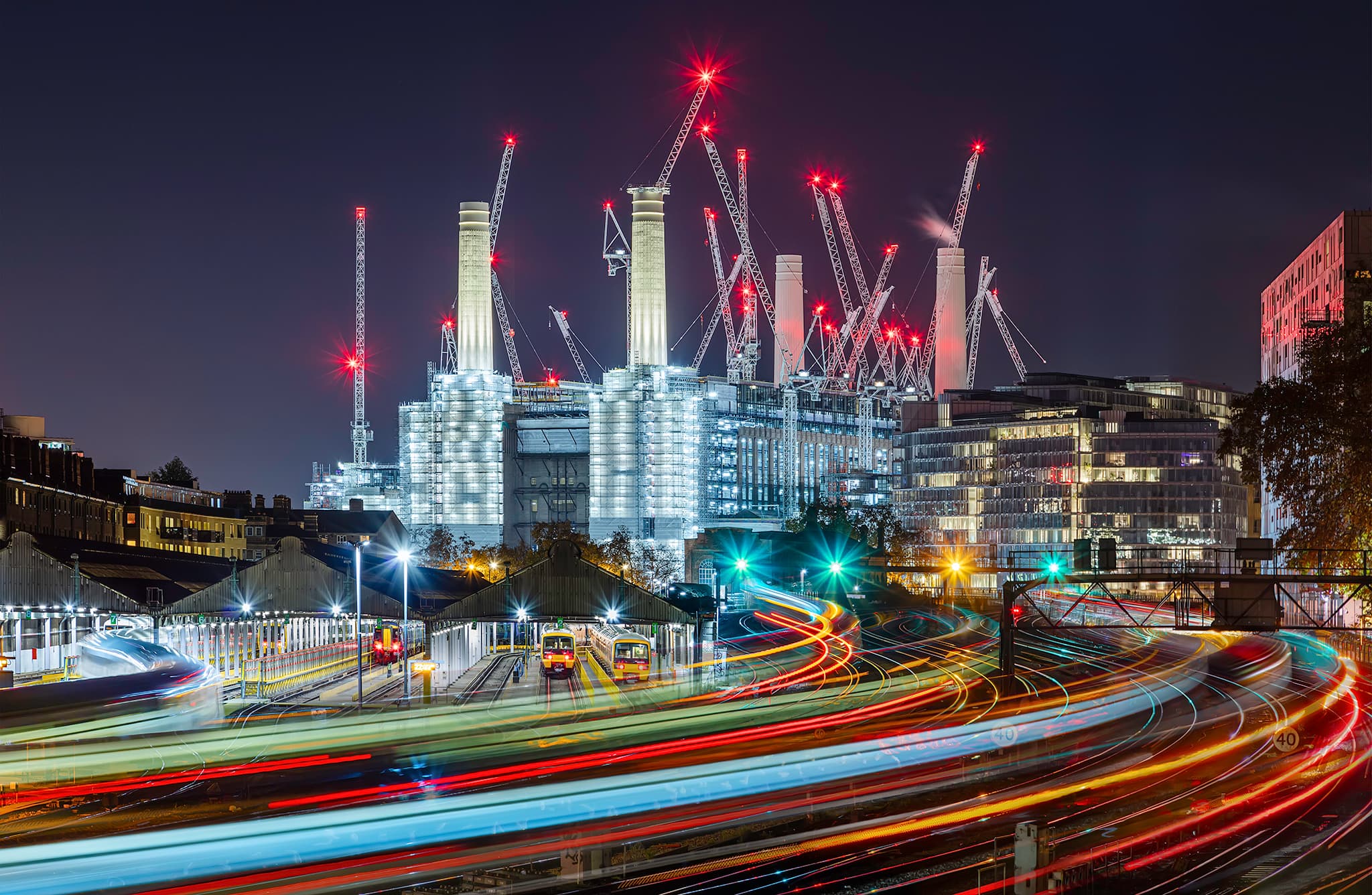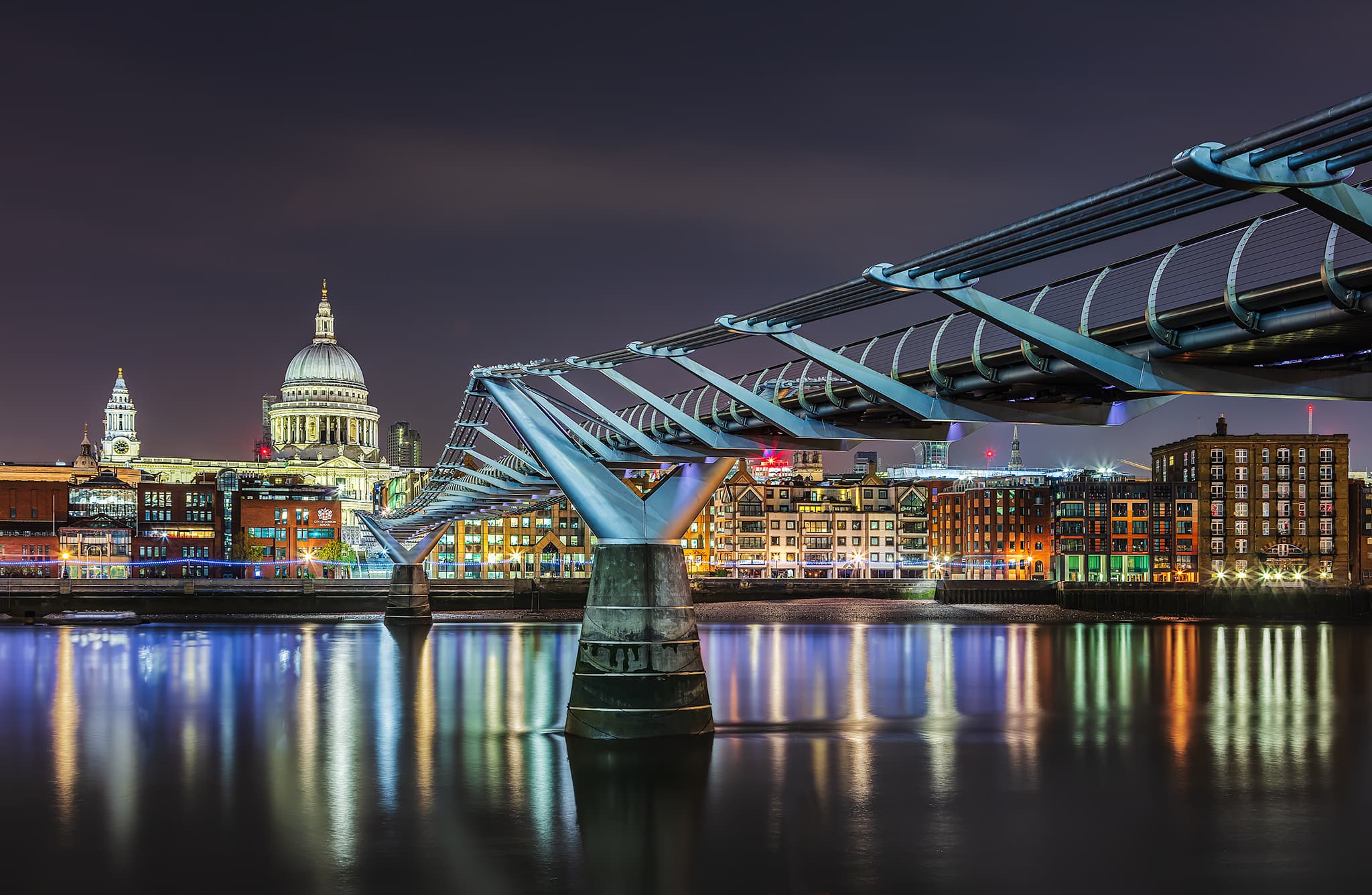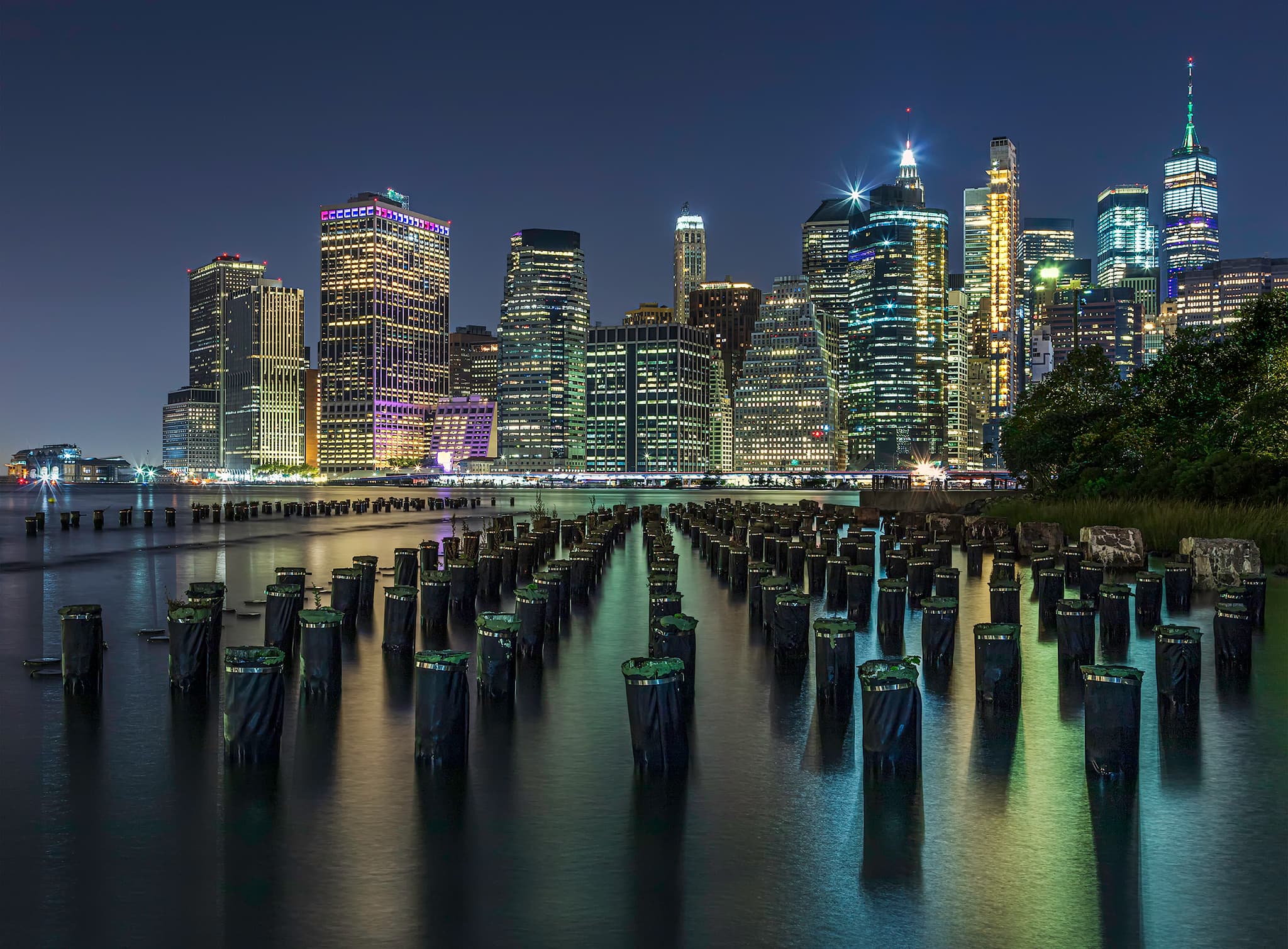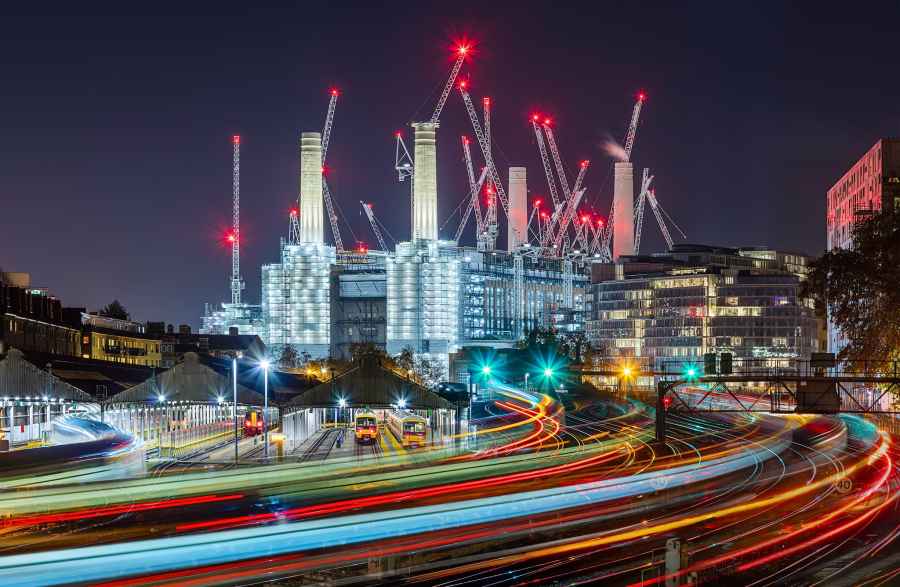The RPS runs a regular distinctions programme, which is a great way to get recognition for your photography or identify areas for improvement. There are three levels, Licentiate, Associate and Fellow and although all are achievable with hard work and guidance, they are also quite a challenge. The Associateship, in particular, requires more than just a demonstration of basic technical skill, as you need to be able to put together a coherent panel of images based on a specific genre. During the recent round of awarded distinctions, we were particularly impressed by the night photography of Peter Benson, so we caught up for a chat and advice for other AP readers thinking of going for their ‘A.’

Congratulations on getting your ARPS. Why did you decide to do a panel on night photography?
Thank you, I am still coming to terms with being awarded the distinction, especially as it was the first ever assessment of the Landscape genre for the RPS. Night photography has been my main interest since buying my first DSLR in 2014 and since then the interest has grow to the point where I am well known for it in the two camera clubs in Suffolk I belong to, Bury St Edmunds Photographic Society and the Beyond Group. So, it seemed the natural thing to do for an ARPS panel.
What were the particular challenges involved in putting together this panel – did you do it especially, or was it collated from an existing set of images?
Panels were completely alien to me at the start of this process as I was used to producing standalone images for competitions and for the British Photographic Exhibition circuit. When I started on the road to my ARPS I was unable to go out due to Covid 19 to take fresh images so I went through my back catalogue and I put around 25 images together to start off a portfolio for this project.

Technically, the standard of ARPS is quite demanding. Was it quite a stressful process to try and second-guess the panel?
Strangely, I did not find the process that stressful. I quite enjoyed the learning curve and looked at it that way from the start. If I had failed then there is always something to learn from that, which would help me at my next attempt. I try not to second guess and that comes from doing it in the early days in club photography, second guessing judges and putting in front of them what they like does not always work. I try to put in front of judges and assessors what I like, which is an honest representation of my photography.

What camera and lens did you use, and what editing software?
I use a Canon EOS 5DS usually with EF 24-105mm F4L or EF 17-40mm F4L lenses and occasionally a 70-200mm IS 2.8L III lens. I bracket my exposures which I process first in Lightroom Classic, then in Photoshop CC with luminosity masks and a few other adjustments and tweaks.
What tips do you have for this kind of night photography generally – exposure tips, tripod usage and so on
The first must is a camera that shoots in RAW, has manual and bulb modes, then having the appropriate lenses for the subject. A good well-made sturdy tripod is another must for the long exposures involved in night photography. On some tripods you can hook a camera bag on the bottom of the column, if this is done than make sure that in a breeze it is not swinging! I also use a three-way geared tripod head, which is great for those fine adjustments.
The use of a remote shutter release is extremely useful as this prevents moving the camera when pressing the button. My aim is to have little or no noise in the image so I shoot at my camera’s native ISO, which in the case of mine is 100. For night cityscapes, take off any filters from the front of the lens as light can come at you from all directions and the filter is another surface that it can bounce off.

Did you get any help putting together a panel that ‘hung together’ or did you go by instinct?
Yes, I did get help and guidance from my fellow members at the Beyond Group. Beyond is not your normal type of club, the group is more focused on national and regional competitions, exhibitions and gaining distinctions than internal competitions and the more general topics found in most photographic societies and clubs. At Beyond we have critique evenings on a regular basis where a photographer’s work/project is looked at by the group and the members give their option and any guidance on improving the image. At one of these critique sessions I put my panel and images forward and suggestions were made, which I considered.
When I felt that the panel was right for me with the fifteen images that I liked and had confidence in I booked an online 1-2-1 with a RPS Landscape panel member at which I presented my proposed hanging plan and images. As a result of the feedback I was given, I booked the assessment of my panel. I must take this opportunity to thank all those who gave advice during my journey to gaining the ARPS.
See more of Peter’s work here.
Further reading
How to master night photography – a complete guide
Get better night shots of cities
Night photography tips for cityscapes







